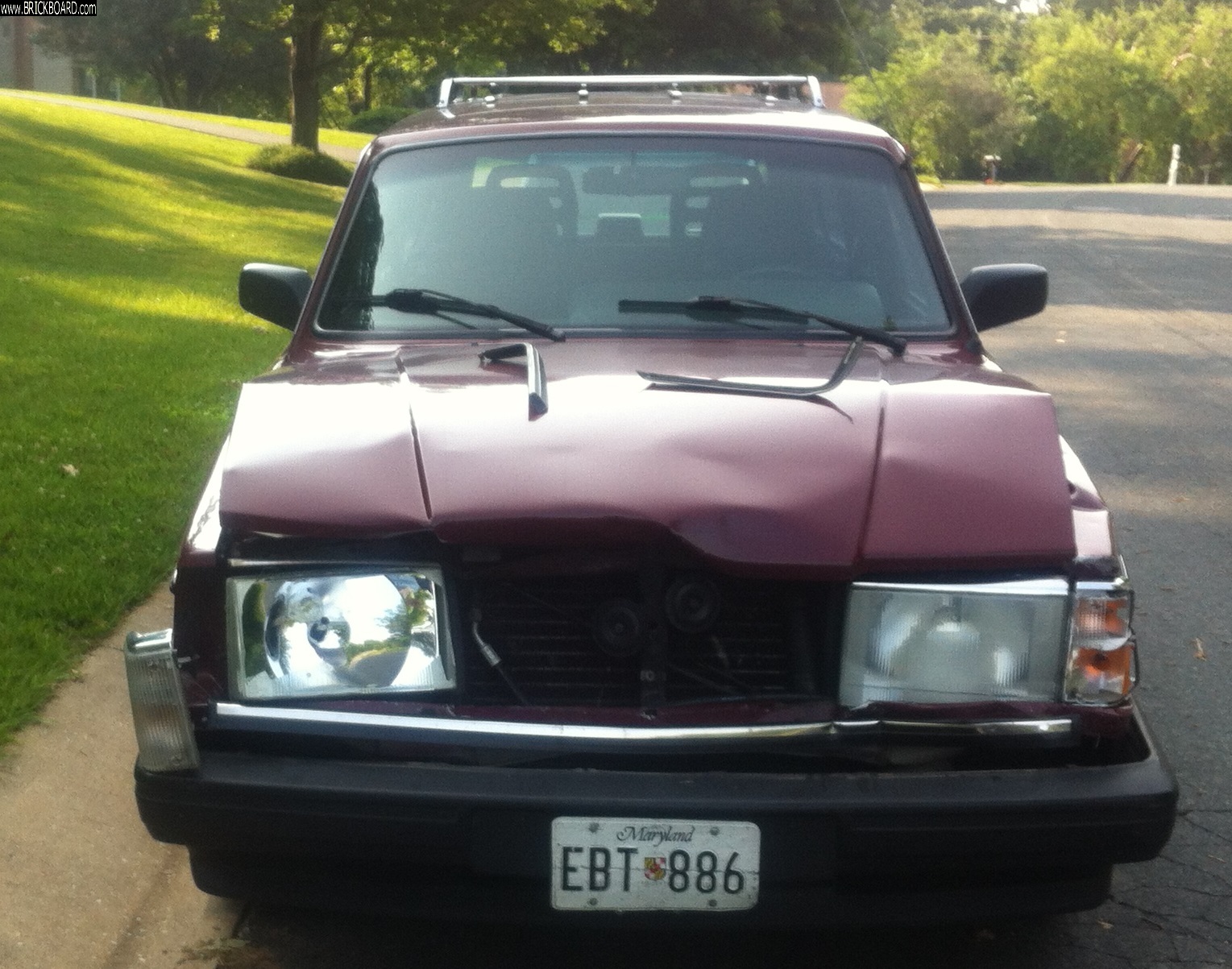|
Amarin,
So my plan thus far is to rebuild my compressor. The model is a Diesel-Kiki DKS15BH and I can get all the necessary parts to rebuild.
I also have a spare that I picked up at the PNP that I can rebuild as well if need be in the event that the original one's internals are ruined.
Yesterday I actually scored at the PNP a complete R134A A/C system off of a 1993 sedan. It was a score for me as all the metal piping is in pristine condition, where as mine was rusted and I was going to have to do a lot of work to get it back in shape. I pulled everything but the evaporator and compressor. I left the compressor as it is some what different than mine, but I believe the one I had for R12 will work just as well. Though if I'm wrong, I'd like someone to chime in on this now so that I can go an pull it as well.
I've checked all the piping and it fits my old dryer thread wise. I still need to check the threading on the conversion kit, but at least all my rubber tubing is now R-134A ready, though I think the R12 hoses that were original may have worked as well as I can not discern and difference from them externally as the printing all looks identical, so I might have spares here now as well.
The main difference that I noted was the condenser. It was way different than my R12 one. Different in that it is thinner from a depth perspective, by about a half an inch.
My plan for this winter now is to clean up all my piping so that I've de-greased it as best possible, rebuild the compressor or compressor's and then in the spring pull the interior as I have work to do there and pull the evaporator and then clean it out of its old R12 oil. Once this is done, then I'll put the whole thing back in hopefully and draw down a vacuum and then re-charge. Can't wait to have working a/c in the car again.
Matt
|

